About mMass
mMass is designed to be feature rich, yet still easy to use. Stay focused on your data interpretation, not on the software. mMass supports all of the modern open formats like mzML, mzXML, mzData, MGF, ASCII and even copy n’ paste from clipboard. It has tools to process your data such as re-calibration, smoothing, baseline correction, auto peak picking, and deconvolution. Use dedicated tools to generate molecular formula from given mass or compound isotopic pattern or search databases to analyze your low-mass data. mMass is used for academic and commercial studies all around the world at more than fifty universities, institutions and companies.



